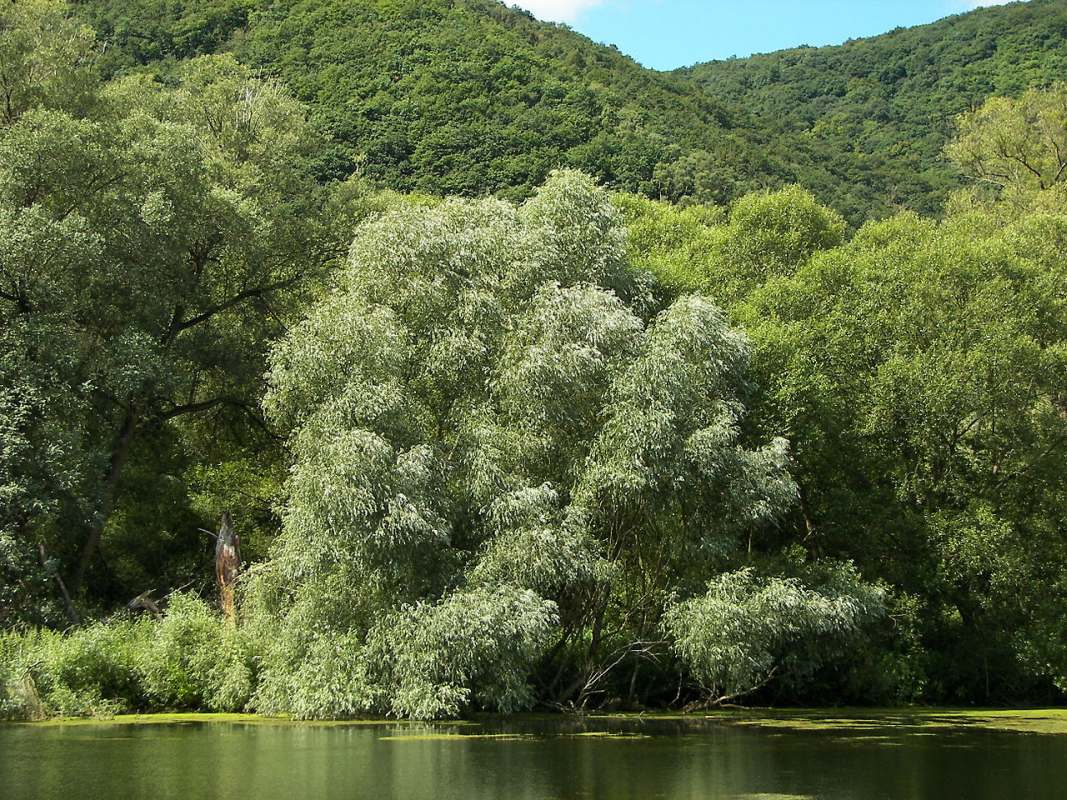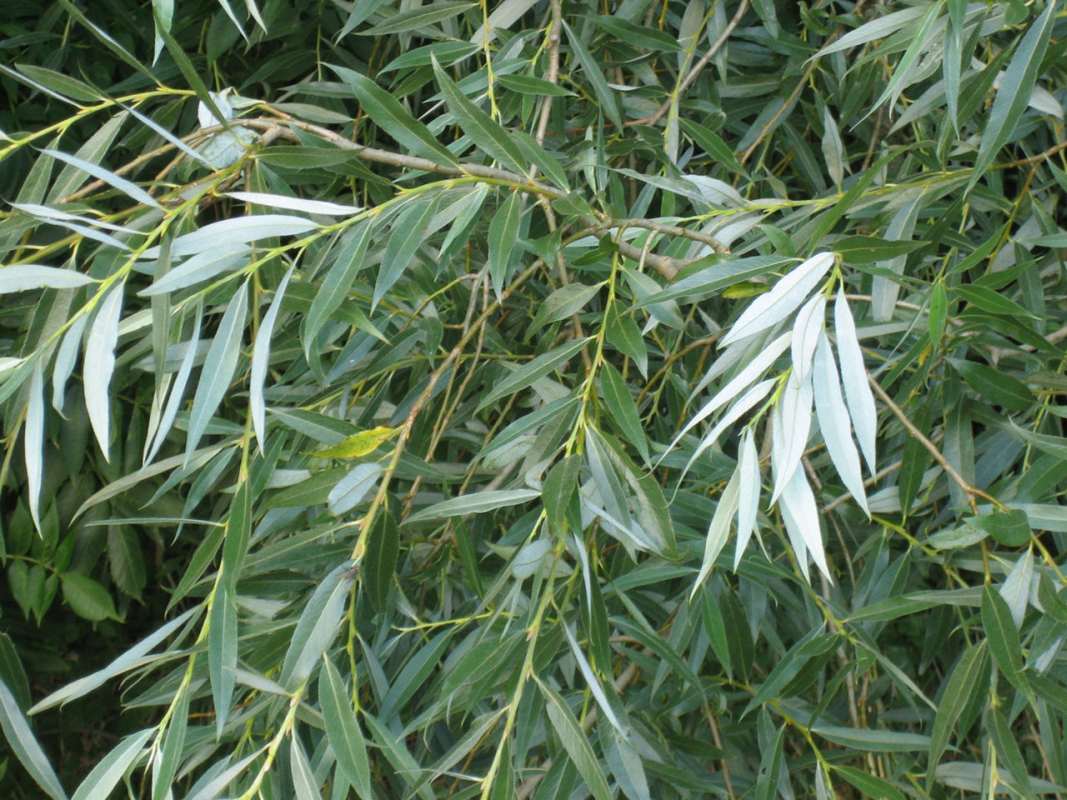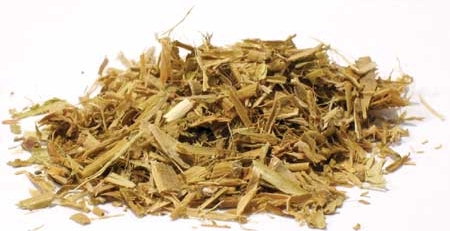[1] British Herbal Pharmacopoeia 1983
Published by the British Herbal Medicine Association ISBN 0 903032 07 4.
[2] The Pharmaceutical Plant Company Pty Ltd
ppcherbs.com.au
[3] Potter's New Cyclopaedia of Botanical Drugs and Preparations R.C.
Wren Revised by Elizabeth M. Williamson and Fred J Evans. First published in
Great Britain in 1988 and reprinted in 1989 and 1994 by the C. W. Daniel Company
Limited. 1 Church Path, Saffron Walden Essex. Published 1988 Printed and bound
by Biddles, Guildford ISBN 085207 1973.
Images
1.
en.wikipedia.org
by Willow CC BY 2.5
2.
en.wikipedia.org
by
MPF
3.
bayouwitchincense.com Tannin.[1,2,4]
Salicin 2.5-11%.[1]
Phenolic glycosides; salicin, picein and triandrin, with esters of salicylic
acid and salicyl alchol, acetylated salicin, salicortin and salireposide; concentrations
depend on species.[2,3,4]
Catechin, p-coumaric acid and flavonoids.[2,4]
References
[1] British Herbal Pharmacopoeia 1983 Published by the British Herbal Medicine
Association ISBN 0 903032 07 4.
[2] Drogenkunde, 8th Ed. Heinz, A., Hoppe. Pub. W. de Gruyter (1975) Berlin
[3] Martindale. The Extra Pharmacopoeia, 27th Ed. Pub. The Pharmaceutical Press
(1977) UK
[4] Plant Drug Analysis, Ed. H. Wagner et al. Pub. Springer-Verlag
(1984)
 Salix
alba. S. fragilis, S. purpeurea, S.
pentandra White
willow bark Family: Salicaeae
Salix
alba. S. fragilis, S. purpeurea, S.
pentandra White
willow bark Family: Salicaeae

